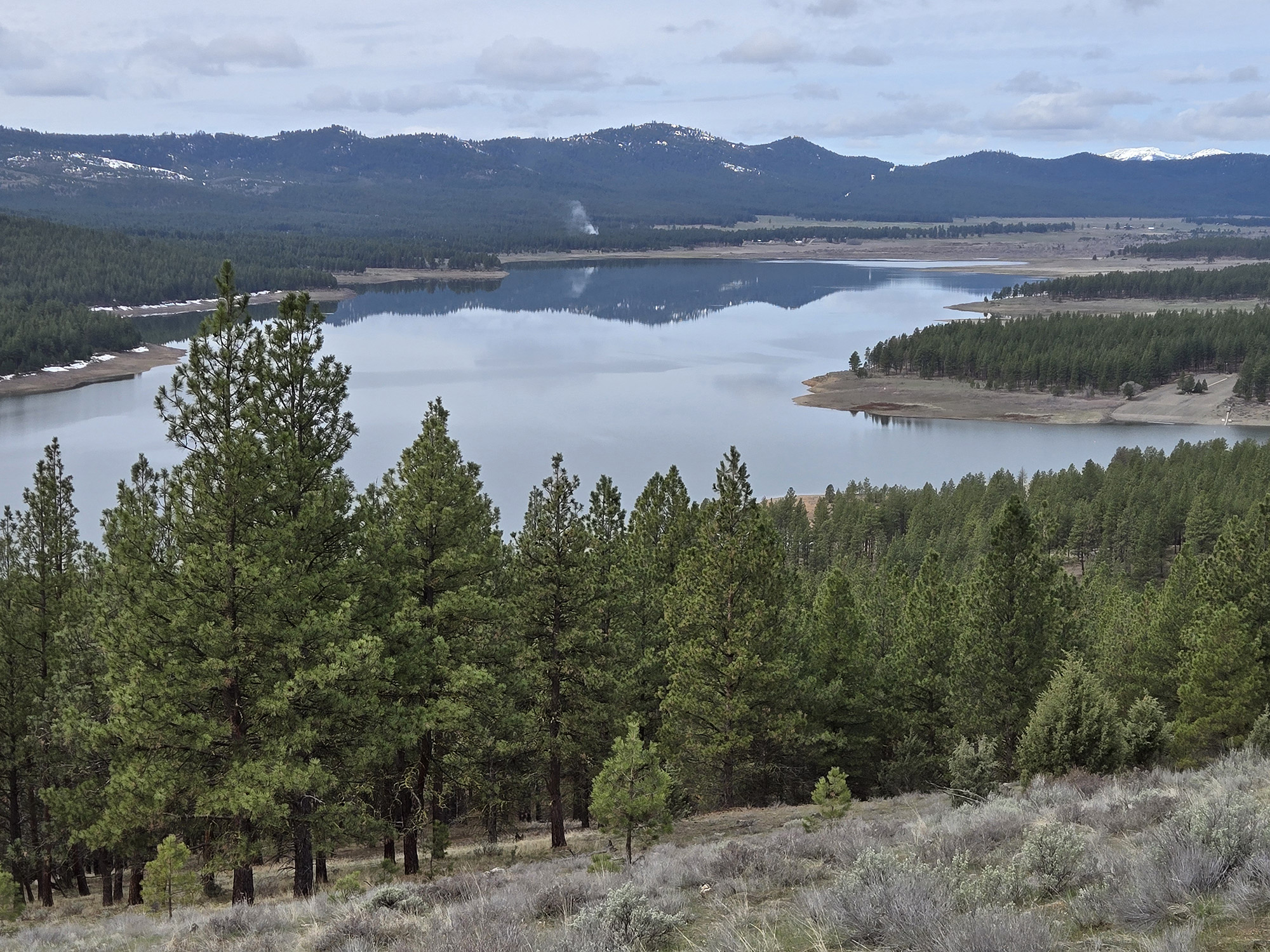Bloomin’ Blues | Pendleton-area wildflowers putting on a show
Published 5:00 am Saturday, May 23, 2020

- Mouse’s tail, Plantago patagonica.
Last week I listed four wildflowers that can be found in Pendleton, mostly around open hillsides and near the outer edges of the city. Here are four more Pendleton wildflowers that are currently in bloom, to add to those in last week’s list.
Trending
Lewis’ flax (Linum lewisii): This wild flax is quite similar to the flax grown in Europe to weave linen. However, the commercially grown flax doesn’t have the stunning bright blue flowers that ours has. Lewis’ flax is native here, found throughout much of western North America and in Europe and Asia. It is often spread from “wildflower” packets, and can become a bit invasive.
Snake River daisy (Erigeron disparipilus): This daisy is quite at home here, and with the right conditions can spread from the foothills of the Blues to moderate elevations. They are just coming into full bloom, with one to several blooming heads per plant and one head per stem facing upward. The minute central flowers are yellow, and the outer ray flowers are white, sometimes fading to pink. A reminder from past articles that daisys, sunflowers and other plants in the Aster family have their flowers tightly clustered into a central disk. Each of the many tiny central flowers are called disk flowers, and each of the outer row of petals are attached to a single flower called a ray flower.
Common Yarrow (Achillea millefolium): Yarrow is a common, well-know plant that can be found throughout the northern hemisphere throughout late spring and summer. It is native here, and grows in roadsides, fields, parks, and from the base of the Blues to upper-middle elevations. The flower clusters are actually made of small, crowded, flowering heads, and each head has several tiny disk flowers in the center. The Latin name “millefolium,” meaning 1,000 leaves, refers to the leaves being divided into countless linear leaflets.
Trending
Mouse’s tail (Plantago patagonica): I imagine most of us have pulled or chopped up plantain, a pesky weed in lawns. Mouse’s tail is in the same plant genus, but is definitely not weedy. It is mainly found among wild bunch grass areas, especially around bluebunch grass. The little plants are not easy to spot, about 3 to 6 inches tall, with a few linear leaves at the base of one to several threadlike stems topped with a single erect pencil-like head 1-3 inches tall embedded with tiny white petals and whitish hairs.









